Your login information returned multiple users. Please select the user you would like to log in as and re-type in your password.
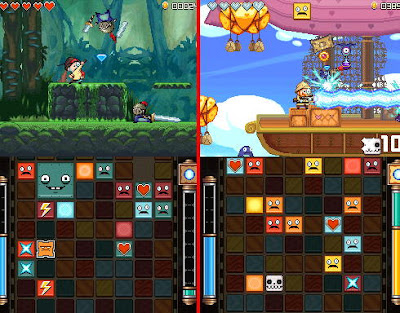 Henry Hatsworth in the Puzzling Adventure (NDS)
Henry Hatsworth in the Puzzling Adventure (NDS)
a review by school
When I first heard about the concept of the Nintendo DS I was perplexed. I thought, “Why would any game need two screens?” These thoughts were reaffirmed, at first, with games just using the bottom screen for a map, inventory or something that wasn't really necessary. But as the DS matured so did the games released, with each passing year using the hardware better. Now in 2009 comes Henry Hatsworth in the Puzzling Adventure, which takes the duality of the DS into an interesting direction.
The main concept of Henry Hatsworth is that you play two separate games that run intertwined. The top screen being an action platformer and the bottom being a clone of Planet Puzzle League or Tetris Attack. What makes the game stand out is the combination of the two. Kill an enemy on the top screen and it falls down to the bottom screen as a block. Then, pausing time on the top screen, you can switch to the bottom screen, where the blocks continuously shift upwards. If the enemy block isn't cleared it will reappear in the top screen and attack you.
The top screen follows the typical action platformer tropes with melee, distant and special attacks. The levels continue on the same traditional path with destinations such as jungles, lava, the sky and underwater. Later on the levels become somewhat more original but are overly tedious with disappearing and solitary platforms along with pits to facilitate your demise. The enemies you encounter throughout the levels vary enough to keep things interesting. The regular enemies are more than strong enough to take you down, making for some very intense situations, especially following a mid-boss fight. The difficulty ramps up far too quickly though, taking a giant leap by the end of the third world. The enemy's attack animations get very quick while you move rather sluggishly. Also the distance between checkpoints is far too large making for undue difficulty. The bosses carry over the high difficulty but in a more classic way of memorizing patterns. There are also times when you are given what is literally a kill room of regular enemies as a boss. This works quite well though because of the puzzle element below making for a more strategic experience.
The bottom screen requires strategy to support your battles on the top. This interplay between screens feels incredibly fresh and rewarding. The bottom is where you will heal, do supplemental spell-like damage via Special Blocks and receive any items found all while being time limited. The time limit requires the puzzle to be viewed very strategically in the boss fights by having to decide which blocks to prioritize. The Item Blocks materialize in the bottom screen providing more lives or hearts. In addition, there are Special Blocks, such as lightning bolts that clear out all of the blocks of the same color but it will also inflict a lightning attack on all of the enemies on top. Healing can be done by clearing a heart block or by filling the Super Meter by various methods. The Super Meter is also used for distant attacks, special attacks and tea time. Tea time is where Henry Hatsworth has tea with his fellow Englishmen only to be interrupted by a roaring guitar riff transforming him into an invincible robot all while Union Jack is streaking in the background.
Most, if not all, of the humor comes from the satire of British culture and general absurdities like the previously mentioned robot. It continuously harps on the same thing, which can become slightly tiresome at times, especially with the Banjo-Kazooie-esque gibberish dialogue ending in words like “right-o!” or “govna”. The story revolves around Henry Hatsworth, who holds the number one spot in the Pompous Adventurers Club, and his rival, Weaselby. They both hope to obtain the Golden Suit, albeit for different reasons. Hatsworth wanting it so he can become the classiest of classy and Welselby wanting it to, you guessed it, control the world. All of the main and supporting characters are well designed with great looking artwork. Also there is a good variety of music from a more orchestral backing to the action platforming and a very funky sounding backing to the puzzling. Sadly though, the sound production was done far too hot, resulting in very heavy distortion and clipping.
Henry Hatsworth in the Puzzling Adventure has a ton of charm. The humor is funny in its ridiculousness and the concept of the two worlds is novel. If they both had to belong as separate games, the results would be disastrous: one game being a derivative action platformer and the other a puzzle game that has been done before. But together the games are very intertwined, interacting with each other in interesting ways: creating a new type of gameplay from something once stale. Difficulty qualms aside, Hatsworth is a game you must, at the very least, give a chance.
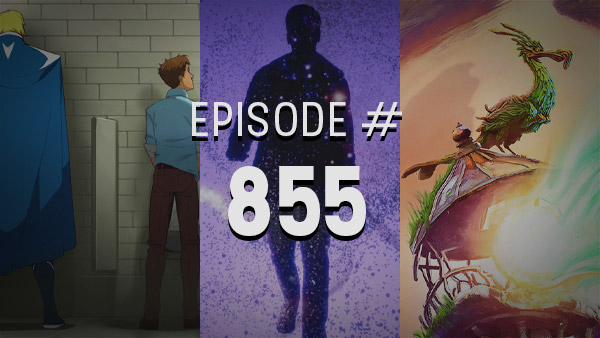
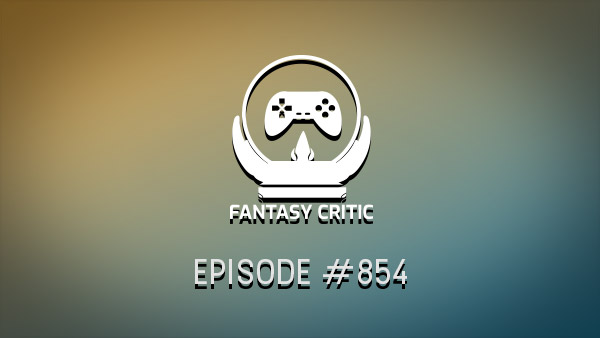
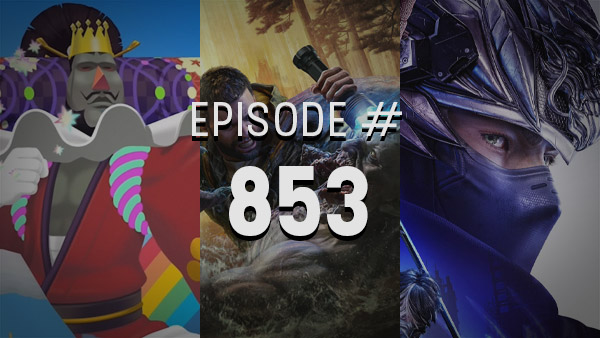
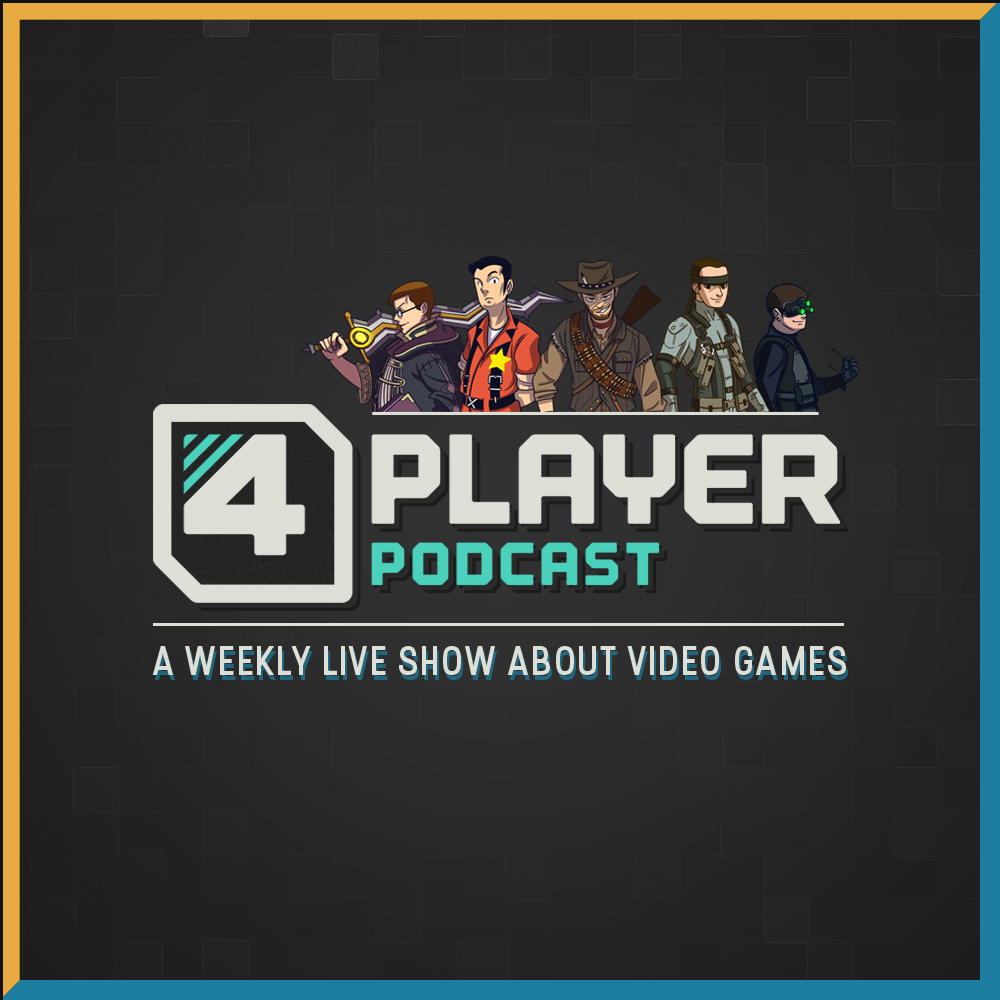
Comments